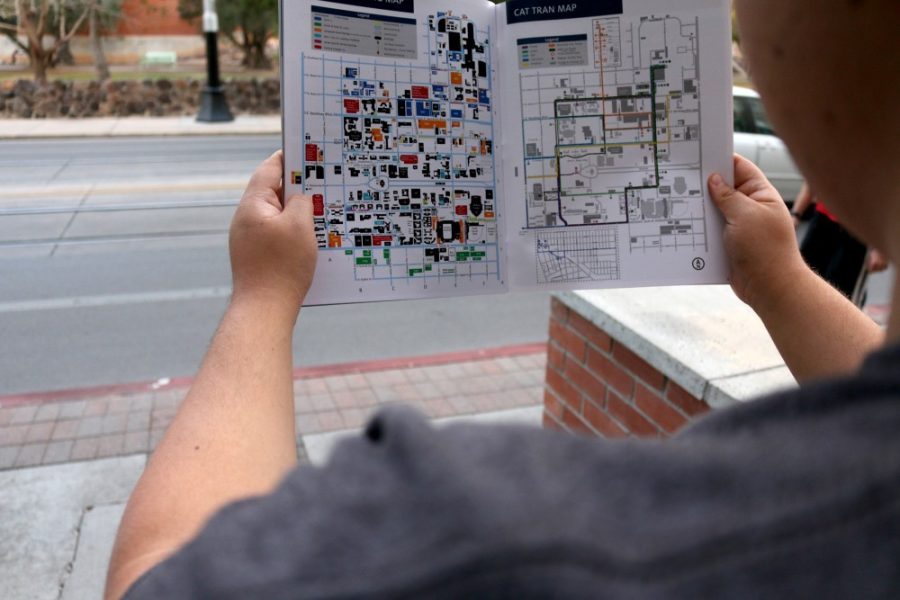A partnership between a UA psychologist and a Harvard professor has yielded some unexpected insights and discoveries about teenage exploration.
UA assistant professor of psychology and cognitive science Robert Wilson met his research partner Leah Somerville, an associate professor of psychology at Harvard, during an interview on the Harvard campus. Their research interests instantly lined up and inspired the project.
Their goal was to learn more about reinforcement learning and the “explore-exploit” decision making method.
“It crops up again and again in daily life,” Wilson said. “Do you explore and try to find something new or exploit what you already know?”
An example of this would be going to eat at a restaurant and deciding whether you should order a familiar meal or taste the newest addition to the menu.
There are two different strategies theorized to occur when an individual is making a decision. One is called “direct exploration,” where an individual goes out of their way to seek information, while the other is “random exploration,” where there is no goal in mind and a person randomly tries new experiences.
RELATED: The research behind therapy dogs is limited but real
Wilson decided to look at subgroups of people, namely teenagers, partly due to the popular concept of the teenage years as a time of exploration. “Our hypothesis going in was that teens would be way more exploratory than young adults,” Wilson said.
To test this, Wilson used a computer version of a “One-Armed Bandit,” a popular type of slot machine. Participants had the choice between two machines; they were told the average payoff of one of the machines. From there, they were able to choose between the “exploit” option, where they would use the machine that they were more familiar with, or the “explore” option, where the participant would decide to try the new machine.
“The key manipulation in this task is we change how many times you’re going to get to play,” Wilson said.
An individual’s behavior would change depending on how many trials they were given. If a person was only able to play once, then they were much more likely to use the machine for which they already know the odds. More trials meant a participant was more likely to explore and try a new option. This is known as the “time horizon.”
Looking at how behavior would change between horizons allowed Wilson and his team to measure changes in exploration in a more explicit manner. If choices became more random during a longer time horizon, then that was random exploration.
RELATED: Horror movies in winter: what makes us enjoy fear?
The pool of participants was comprised of both college students and teenagers from a summer program at Harvard. Once the researchers gathered their data, they looked for trends that suggested exploration varied with age. While both sets of participants chose the machine they had more knowledge of when they had a low time horizon, it was the college students and not the teens who were more likely to try the new machine when they were given more trials.
This evidence disproved Wilson and Somerville’s original hypothesis; teenagers do not utilize directed exploration at a higher rate than people in their early 20s. In fact, directed exploration seemingly develops as a consequence of age.
“As you grow older, you develop the ability to explicitly seek information,” Wilson said. “Teenagers aren’t actually more exploratory than young adults.”
Random exploration, on the other hand, was unaffected by age and remained constant, allowing teenagers to still explore in a less structured fashion.
There are several theories that Wilson is considering. One theory is that directed exploration is related to the level of dopamine in the brain; teenagers have more dopamine than adults and may feel less of a need to engage in direct exploration as a result. Another theory is that changes in the pre-frontal cortex, particularly the frontal pole, are related to direct exploration, partly because this part of the brain continues to develop into the late 20s and early 30s.
Wilson hopes to continue this research and expand it to study how exploration develops further into adulthood. He is applying for the Arizona Alzheimer’s Disease Core Center Pilot Grant to fund the research and is currently looking for more undergraduate students to join his lab.
Follow Nicole Morin on Twitter.









